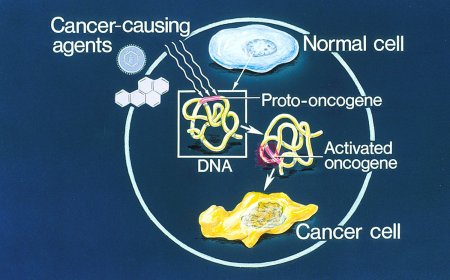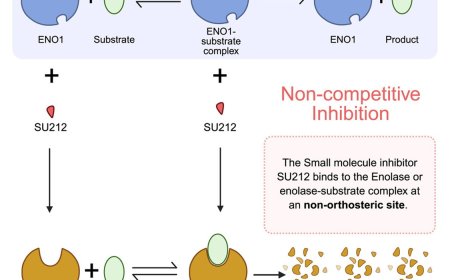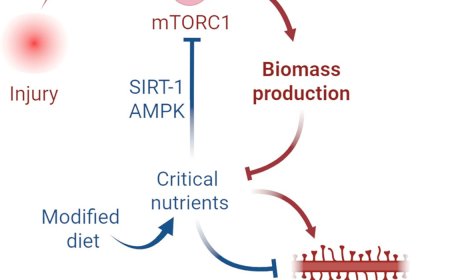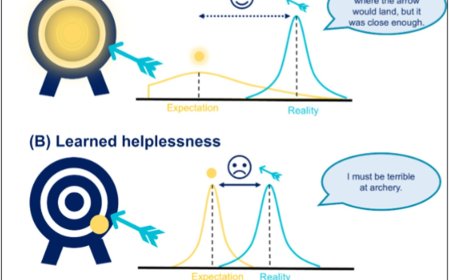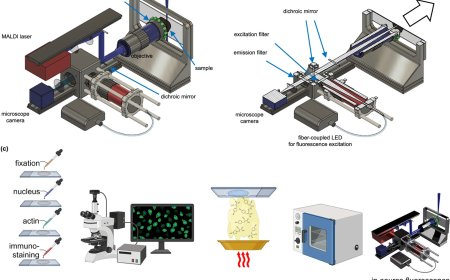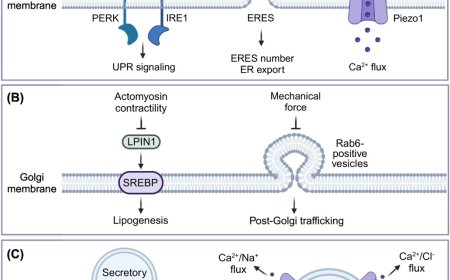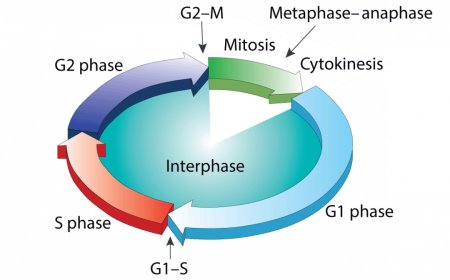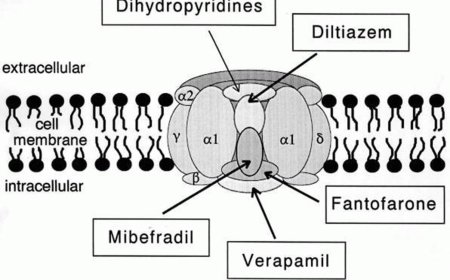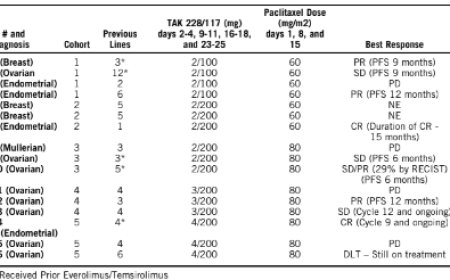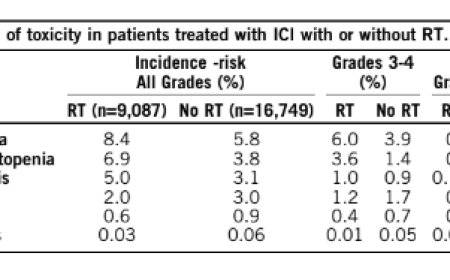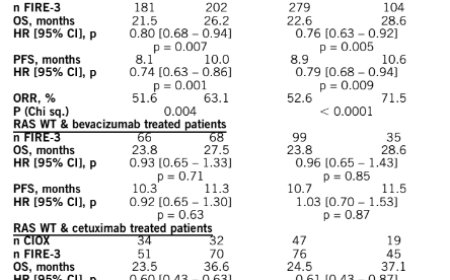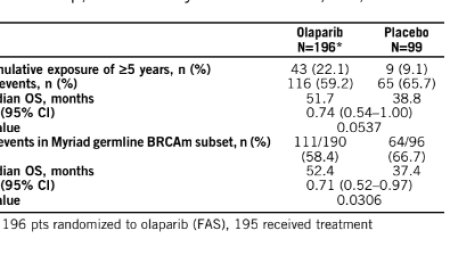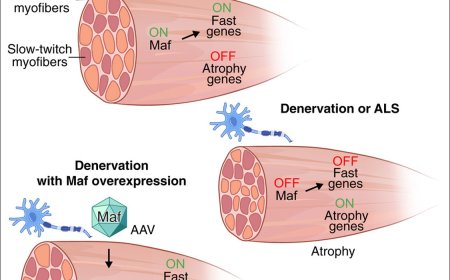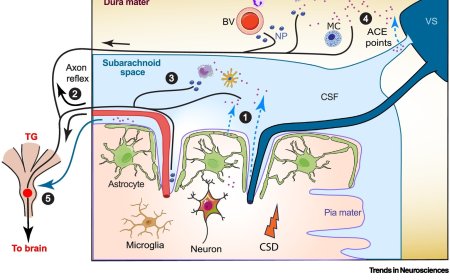CaV2.1 mediates presynaptic dysfunction induced by amyloid b oligomers
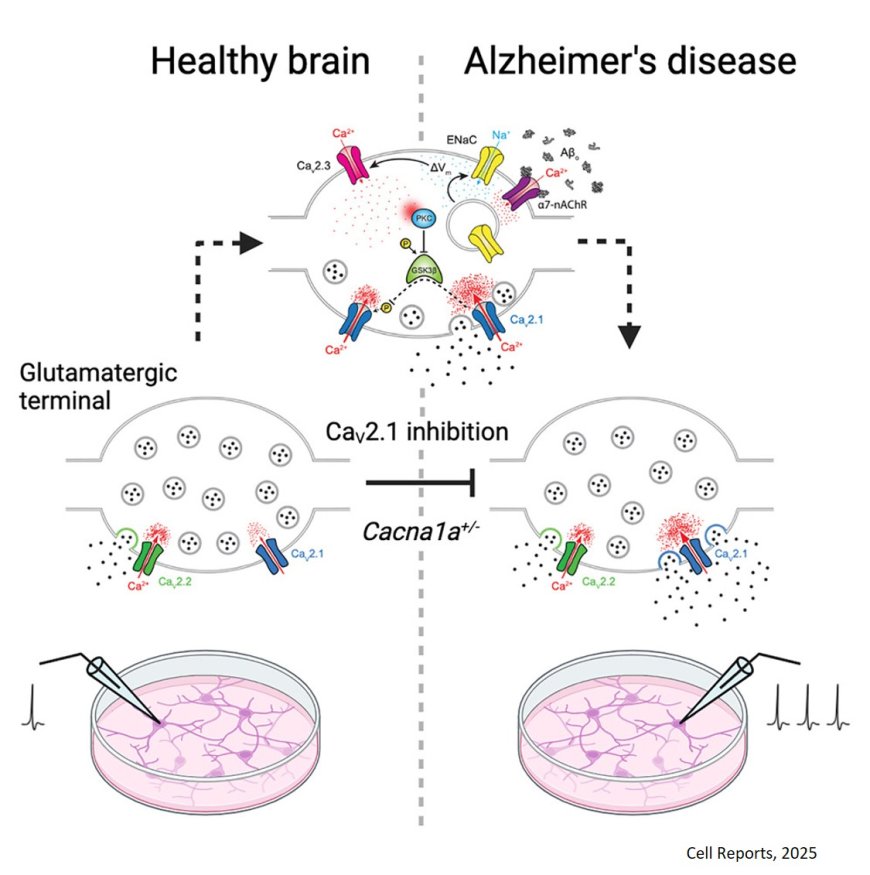
There is an urgent need for new targets for Alzheimer’s (AD) disease therapy.
Oligomers of amyloid β peptide (Aβos) initiates synaptic dysfunction and is considered early event in AD but mechanisms underlying Aβo-induced synaptic defects remain incompletely understood.
Treatments aimed at correcting synaptic dysfunction could be beneficial in preventing AD disease progression,
The researchers identify a presynaptic epithelial sodium channel (ENaC) - CaV2.3 - protein kinase C (PKC) - glycogen synthase kinase-3β (GSK-3β) signal transduction pathway engaged by Ab oligomers that drives glutamatergic synaptic dysfunction via pathological enhancement of CaV2.1 Ca2+ channel activity and synaptic vesicle exocytosis.
Ther authors demonstrate that this signaling pathway is active in human APP transgenic mice in vivo and in human AD brains.
Lowering CaV2.1 expression restores normal synaptic function.
https://www.cell.com/cell-reports/fulltext/S2211-1247(25)00222-0
https://sciencemission.com/CaV2.1-mediates-presynaptic-dysfunction
